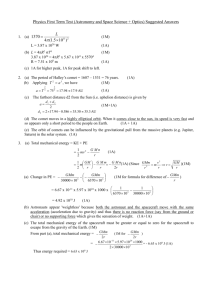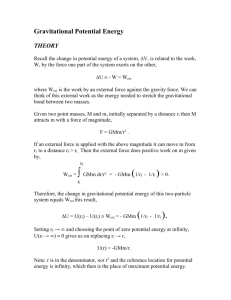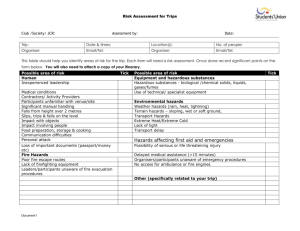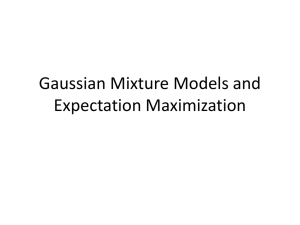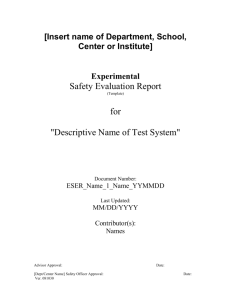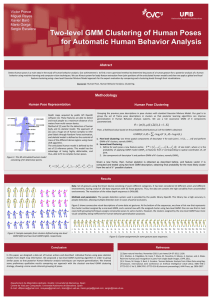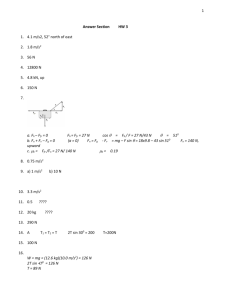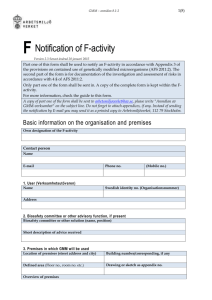Diamond GM Risk Assessment
advertisement
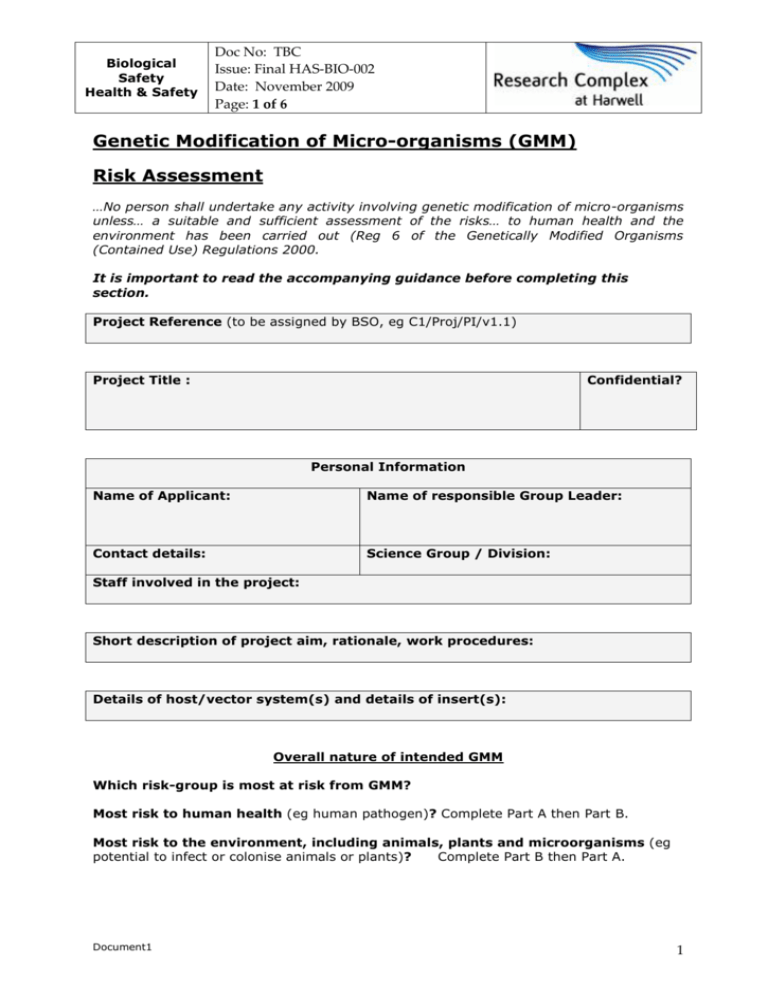
Biological Safety Health & Safety Doc No: TBC Issue: Final HAS-BIO-002 Date: November 2009 Page: 1 of 6 Genetic Modification of Micro-organisms (GMM) Risk Assessment …No person shall undertake any activity involving genetic modification of micro-organisms unless… a suitable and sufficient assessment of the risks… to human health and the environment has been carried out (Reg 6 of the Genetically Modified Organisms (Contained Use) Regulations 2000. It is important to read the accompanying guidance before completing this section. Project Reference (to be assigned by BSO, eg C1/Proj/PI/v1.1) Project Title : Confidential? Personal Information Name of Applicant: Name of responsible Group Leader: Contact details: Science Group / Division: Staff involved in the project: Short description of project aim, rationale, work procedures: Details of host/vector system(s) and details of insert(s): Overall nature of intended GMM Which risk-group is most at risk from GMM? Most risk to human health (eg human pathogen)? Complete Part A then Part B. Most risk to the environment, including animals, plants and microorganisms (eg potential to infect or colonise animals or plants)? Complete Part B then Part A. Document1 1 Biological Safety Health & Safety Doc No: TBC Issue: Final HAS-BIO-002 Date: November 2009 Page: 2 of 6 Part A - Risk Assessment for Human Health The objective is to identify all plausible hazards to human health and then to assess the likelihood and potential severity of the consequences, should the hazards be realised. -It is important to read the accompanying guidance before completing this sectionA1. Mechanisms by which the GMM might pose a hazard to health What are the hazards associated with the recipient strain(s)? What are the hazards associated with the inserted genetic material? Are the traits of the recipient strain(s) altered by the modification? Could either the GMM(s) or other organisms acquire harmful sequences? A2. Likelihood that the GMM will be a risk to human health and safety Could the GMM establish an infection in vivo and how likely would this be? How severe might the consequences be? A3. Containment level needed to sufficiently protect human health Document1 2 Biological Safety Health & Safety Doc No: TBC Issue: Final HAS-BIO-002 Date: November 2009 Page: 3 of 6 Part B - Risk Assessment for the Environment The objective of this section is to identify all plausible hazards to the environment (animal, plant and microbial) and to determine the likelihood and the possible consequences of an accidental release of a GMM into the environment (including waste disposal, equipment failure and human spread). It is important to read the accompanying guidance before completing this section. B1. Mechanisms by which the GMM might pose a hazard to the environment What are the hazards associated with the recipient strain(s)? Has the stability or survivability of the recipient been altered? Has the infectivity, pathogenicity or host-range of the recipient been altered? Does the inserted gene pose a risk to other (non-human) organisms? Hazards for non-human organisms and ecosystems arising from the alteration of traits in the GMM? Could the GMM or other organisms in the environment acquire harmful sequences? B2. Likelihood that the GMM will be a risk to the environment What is the likelihood that the hazards will result in actual harm? What is the likely harm from the hazard? B3. Containment level needed to protect the environment Document1 3 Biological Safety Health & Safety Doc No: TBC Issue: Final HAS-BIO-002 Date: November 2009 Page: 4 of 6 Part C – Review of Procedures and Control Measures It is important to read the accompanying guidance before completing this section. Implementation measures to safeguard human health and the environment What operations and procedures might increase the risk of exposure? What control measures and monitoring procedures are to be used in addition to GM (Contained Use) Regulations Schedule 8? Are the potential routes of environmental release known and managed? Now please complete Parts D and E. Document1 4 Biological Safety Health & Safety Doc No: TBC Issue: Final HAS-BIO-002 Date: November 2009 Page: 5 of 6 Part D – Activity Class Final assignment of GM activity class by GMSC – 1, 2, 3 or 4 Part E – Signatures Project Reference (to be assigned by BSO) Project Title (please repeat from page 1) Person responsible for the project (PI): Signature: Date: Name: Person who completed risk assessment (if different from above): Signature: Date: Name: BSC/ GMSC Chair: Signature: Date: Name: BSO: Signature: Date: Name: HSE notification/permission required? Yes/No HSE agreed? Defra notification/permission required? Yes/ No Defra agreed? Document1 5 Biological Safety Health & Safety Doc No: TBC Issue: Final HAS-BIO-002 Date: November 2009 Page: 6 of 6 Comments GMSC: Annual Review If the GMM risk assessment is modified a new version must be submitted. Review Date Reviewed by PI: BSC/GMSC Chair: BSO: Review Date Reviewed by PI: BSC/GMSC Chair: BSO: Review Date Reviewed by PI: BSC/GMSC Chair: BSO: Document1 6
